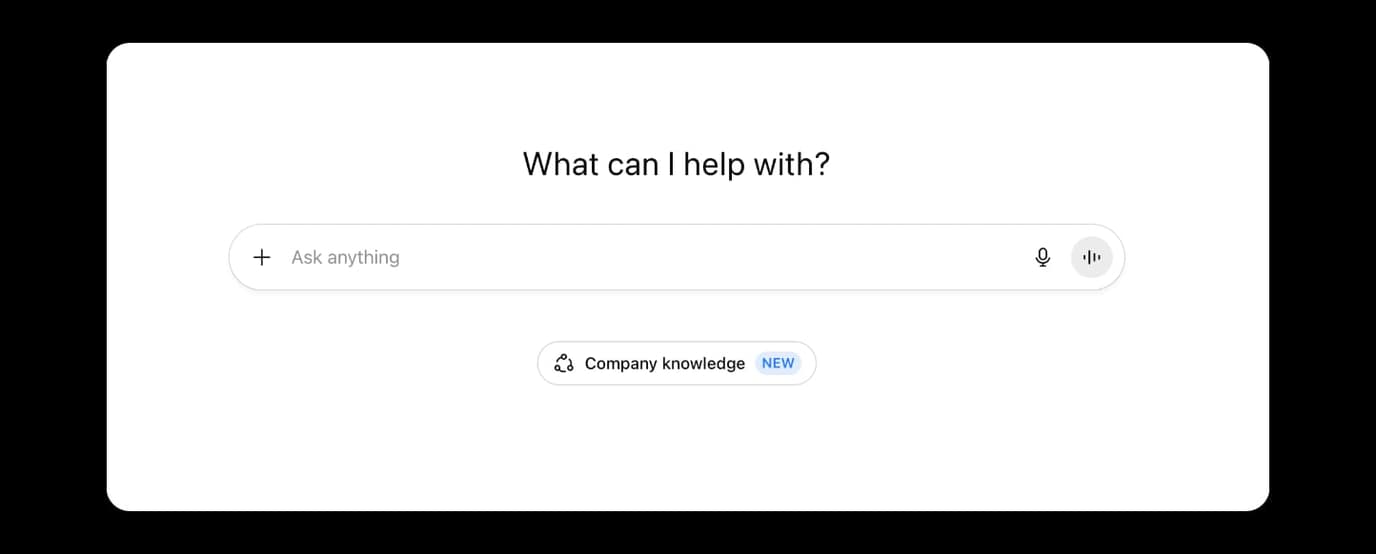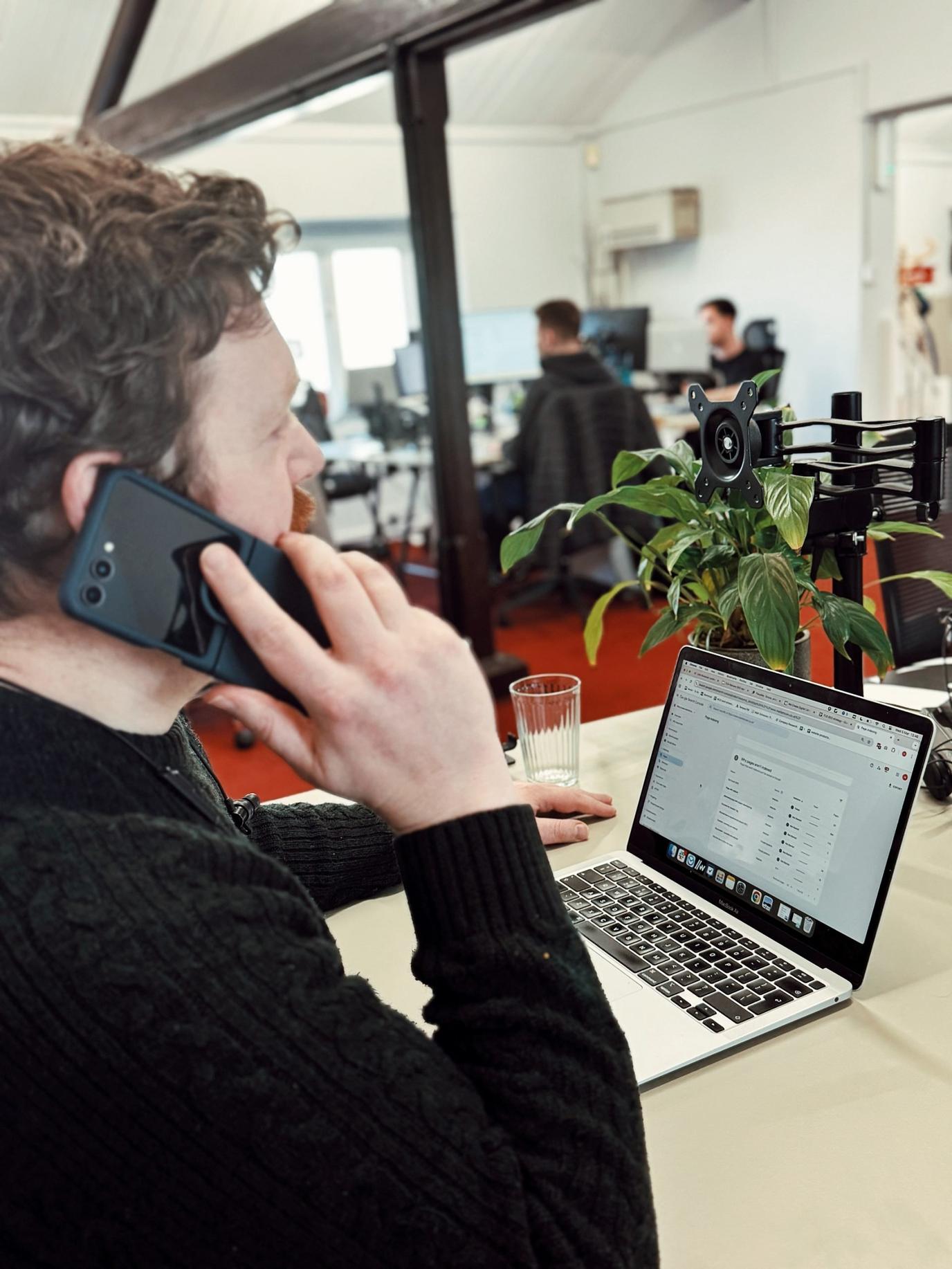With AI, the bigger risk is in underestimating its potential to help, not in fearing it blindly.

AI is one of the most talked-about technologies of our time, and possibly one of the most misunderstood. For every breakthrough in productivity, creativity, or accessibility, there’s a headline warning of mass job losses or looming security threats. But let’s take a step back and look at the bigger picture.
A history of technophobia
It’s natural to be cautious of new technology. History shows we often are. Not that long ago many people thought mobile phones would give us brain tumours, and we were encouraged to hold our phones away from our heads. Even electricity was viewed by many as being a dangerous innovation, with some believing it was paranormal – lots of people stuck to their gas lighting instead, thinking it was much safer.
There are examples of where there were reasons to fear technology and this fear actually led to significant risk mitigation. Like the millennium bug. It was a genuine problem due to the structure and processing capabilities of IT systems. It was seen as such a threat that by 1998 the G8 summit and the UN were coordinating international action. As a result of so much preparation, the failures that could have happened were more limited. There still were issues, but nowhere near the scale that had been feared.
With AI, the bigger risk is in underestimating its potential to help, not in fearing it blindly. With ethical use, thoughtful regulation, and a focus on people, AI is far more opportunity than threat.
AI isn’t taking jobs, but it is changing them
- Shift, not disappearance: AI automates repetitive tasks, but most jobs involve more than just repetition. Just like the rise of spreadsheets didn’t replace accountants, AI won’t replace entire professions, but it will shift how we work
- New roles are emerging: from prompt engineers to AI ethicists, whole new fields are being created. The focus should be on upskilling and preparing for what’s next, not fearing what’s gone
- Productivity boost: AI helps small teams achieve more. For example, a designer might now automate basic layout suggestions or content repurposing, freeing up time for creative thinking. If we view AI as being a way to get more done rather than changing who is doing it, we can see ways in which it can improve our efficiency
Security fears are valid, but manageable
- AI isn’t inherently dangerous: like any tool, it’s how AI is used that matters. AI can be used for cybercrime, but it’s also being used to fight it (https://www.police-foundation.org.uk/publication/policing-and-artificial-intelligence/). Tools powered by AI are getting better at identifying threats in real-time and responding faster than human teams could alone
- Responsible use is key: the security risks around AI highlight the need for strong governance, not total avoidance. Organisations should focus on responsible development and implementation, using frameworks like ISO/IEC 42001 (AI Management Systems) or guidance from NCSC and OWASP
- The human element: most data breaches happen because of human error, not AI. Proper training, ethical policies, and multi-layered protections still matter more than the tools themselves
AI can be a force for good
- Accessibility: AI-driven tools help people with disabilities access information, navigate digital spaces, and communicate more easily. That’s not just progress, it’s empowerment
- Sustainability: from energy usage forecasting to improving logistics and reducing waste, AI is helping businesses lower their carbon footprints. It’s an essential tool for climate action, not a distraction from it
- Creativity: far from killing creativity, AI helps unlock it. It’s a partner for brainstorming, design generation, even writing, serving as a digital assistant, not a replacement for human expression
In summary
AI is not the first innovation to be met with suspicion, and it won’t be the last. From electricity to mobile phones to the millennium bug, history is full of examples where fear was either unfounded or successfully mitigated through preparation and responsible action. The same applies to AI.
Rather than threatening our jobs or security, it offers the chance to reshape them, boosting productivity, enabling smarter decision-making, and opening up new possibilities in accessibility, sustainability, and creativity. With ethical use and thoughtful regulation, the real risk isn’t AI itself, it’s failing to embrace its potential.





